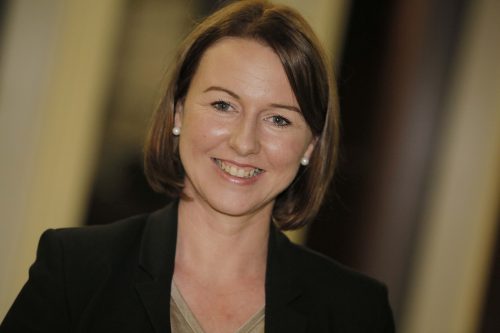Property as a service: The customer is king

The property industry is no longer solely about providing tenants with four walls and a roof over their heads; it’s about seeing tenants as customers and providing them with a service, says Siobhan Lodder, partner and head of real estate at KPMG in the Midlands.
The property industry is no longer solely about providing tenants with four walls and a roof over their heads; it’s about seeing tenants as customers and providing them with a service.
Alternative asset classes such as student accommodation, PRS and co-working are leading the way in ‘property as a service’, but retail and office owners are also starting to pay more attention to customer experience.
What is property as a service?
Property as a service is essentially about taking a more customer-focused approach. For example, rather than a customer signing a lease and then being responsible for fit-out, they would say ‘we want this space for this time on this basis’. Then the owner of the space prepares it for them and provides it to them at a cost. That cost is not based 
How do you see things changing?
Some of the terminology used in property around ‘landlords’ and ‘tenants’ is inherently adversarial. Even rent in economic terms has monopolistic connotations and meanings. But things are definitely changing across the industry. Placemaking, for instance, is fundamentally customer, individual and consumer-facing. There are also broader trends out there in the commercial world, such as the war for talent, the need to focus on employee wellbeing and realising that property and workplace are actually really important. Previously, it was all about wanting to build a great building. But now when you talk to many of the listed property companies and investors they’re saying that what defines a great building is the experience that people have.
Where is the demand for property as a service coming from?
Whilst a lot of demands nowadays are linked to millennials wanting things instantly, it is difficult to generalise about a generation like that, because if you look at the age range it spans then you have people at fundamentally different stages of life. However, I do think that younger people have different expectations in terms of what they want from their working life. They realise that they’re going to be working for 40-50 years and, as a result, they want their workplace to be a good environment.
Property as a service in a retail environment is quite similar because it’s about providing people with different sorts of things. For example, the owner of a shopping centre can capture huge amounts of data about people who are visiting it. So, areas where you can add value for your customers are by helping them understand who is coming into the shopping centre and who is and isn’t visiting their store. You can think about how you direct footfall. Retailers and landlords don’t always see eye to eye, but I believe there is an opportunity for more partnership. It’s about looking at how you can collaborate effectively to get more people into a store and spend more of their money with a particular retailer.









